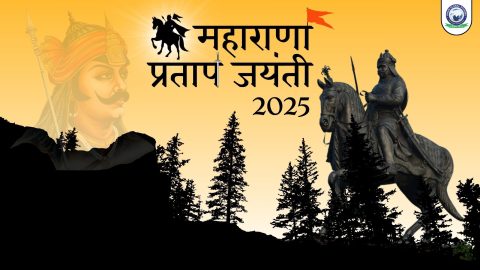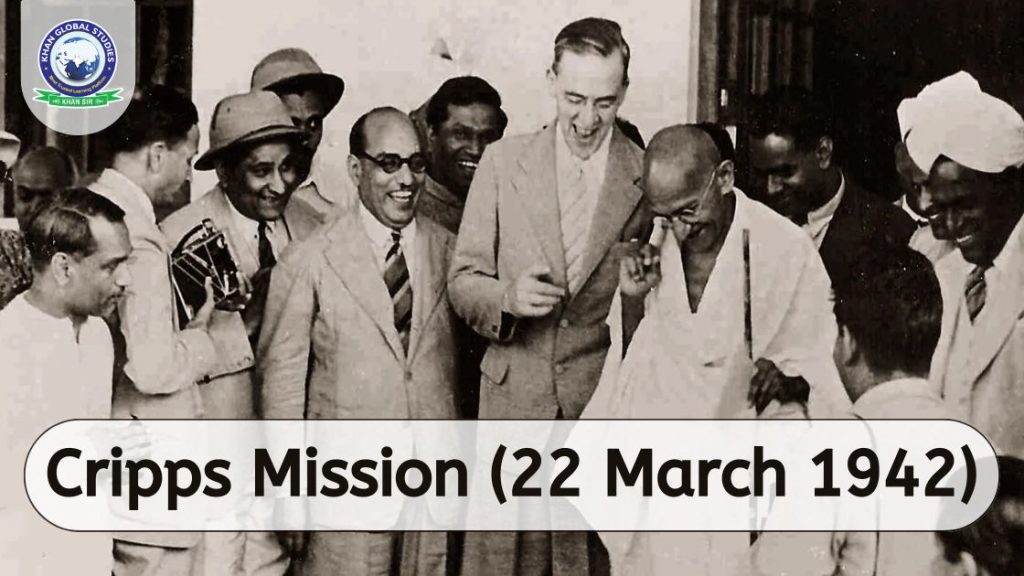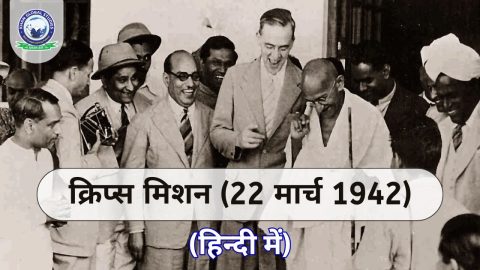The Cripps Mission stands as an important chapter in India’s freedom struggle, representing a significant moment in the turbulent history of British colonial rule. Delving deeper into its complexities provides valuable insights into the complexities of India’s quest for self-governance.
About Cripps Mission
It refers to a diplomatic initiative led by Sir Stafford Cripps, a senior British politician, which was sent to India in March 1942. The objective of this mission was to address Indian aspirations for greater autonomy and participation in governance amid the backdrop of World War II.
Objective
The primary objective of the Cripps Mission was to secure Indian cooperation in Britain’s war efforts against the Axis powers by offering proposals for post-war constitutional reforms. It proposed the establishment of a Constituent Assembly to draft the future Constitution of India and ultimately outline a path towards self-rule.
History
The Cripps Mission unfolded against the backdrop of rising tensions between Indian nationalists and the British Raj. The failure of previous initiatives such as the Round Table Conference to address Indian demands for self-rule had heightened nationalist sentiments and prompted demands for immediate independence.
Reasons for Failure
Despite its noble intentions, It ultimately failed for several reasons. First, the proposal fell short of Indian expectations, failing to guarantee full sovereignty or address important issues such as the partition of India and the status of princely states. Secondly, the mission faced strong opposition from the British government and conservative elements within the Indian political spectrum, reducing its effectiveness.
Conclusion
The Cripps Mission, although well-intentioned, failed to bridge the gap between the British colonial authorities and Indian nationalist aspirations. Its shortcomings underscore the deep-rooted complexities and vested interests that defined India’s struggle for independence. Nevertheless, the mission catalyzed further negotiations and paved the way for subsequent developments that ultimately led to India’s hard-earned independence in 1947. Thus, although it may have ended in disappointment, its legacy continues to resonate in the history of India’s journey to independence.
FAQs
Question: Who was the chairman of Cripps Mission?
Answer: Sir Stafford Cripps.
Question: Who accepted the Cripps Mission?
Answer: British Cabinet.
Question: Who was the Governor General of India at the time of Cripps Mission?
Answer: Lord Linlithgow.




